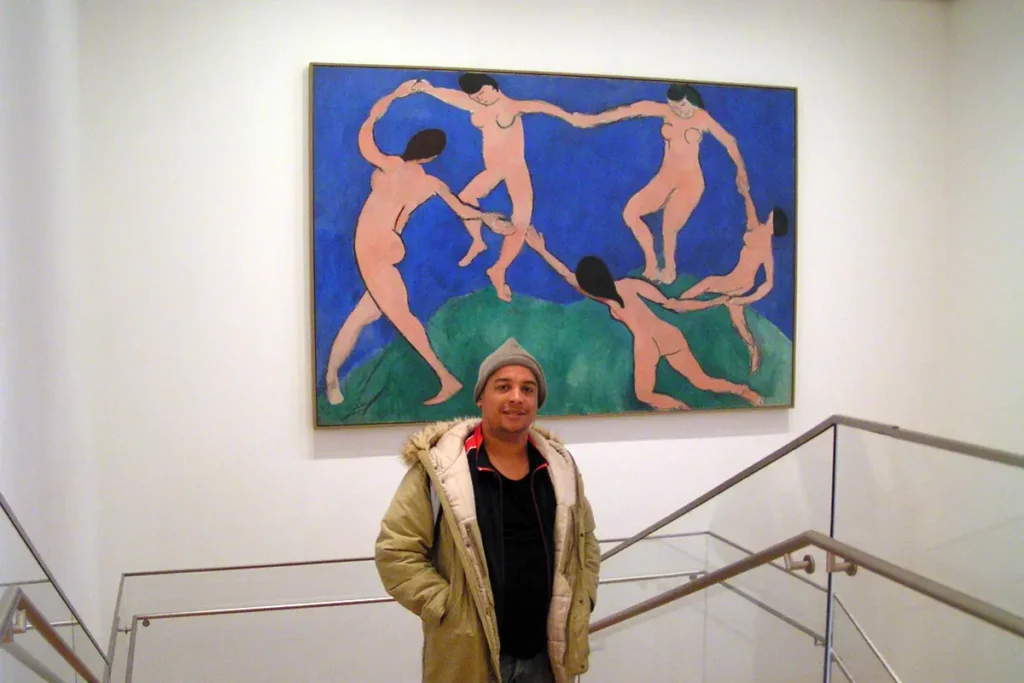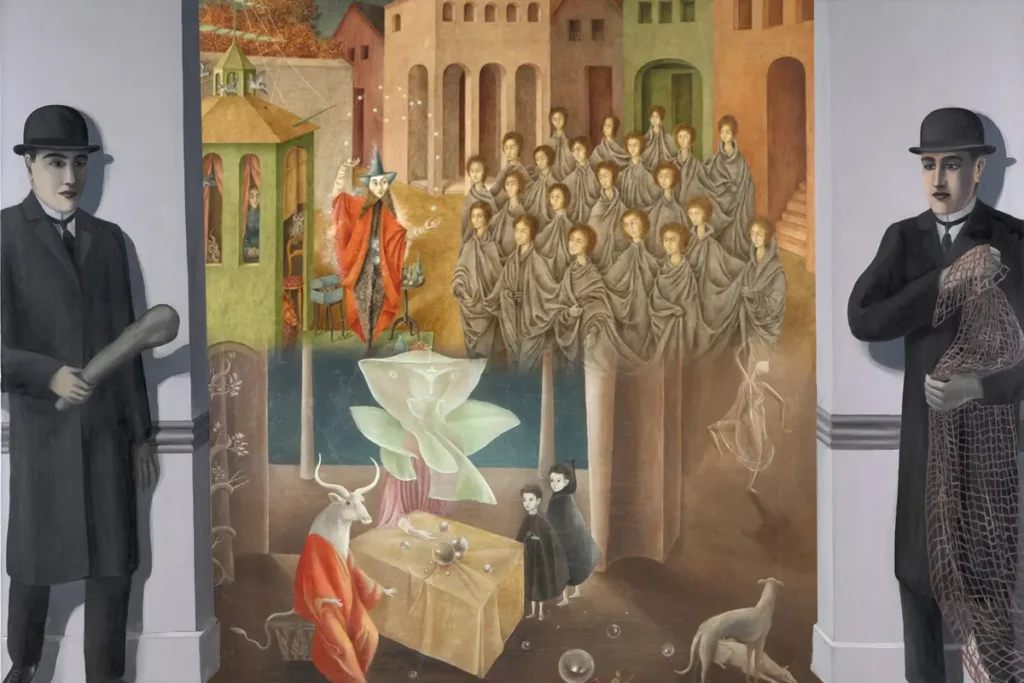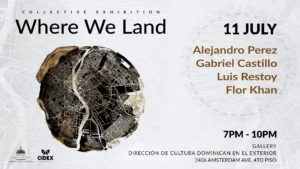By Juan Butten
The first time I visited MoMA was at the beginning of the year 2000. On that occasion, the paintings that caught my attention the most were the surrealist ones, especially those by René Magritte and Salvador Dalí. However, seeing them in person left me somewhat disappointed; in particular, Magritte’s works felt very graphic to me. Despite this, the atmosphere of the gallery where they were displayed immersed me in an almost surreal experience.
Since then, I have kept a close eye on this movement, even though sometimes I feel that many of those painters repeat their themes. Still, I remain fascinated by the mystery and legacy of Surrealism. In October 1924, André Breton presented his “Manifesto of Surrealism,” a fundamental text that urged artists to delve into uncharted territories of the imagination using innovative methods and visual expressions.

Nearly twenty-five years have passed since my first visit (a quarter of a century), and today, a century later (one hundred years), the Museum of Modern Art (MoMA) pays tribute to this transformative movement with a three-part lecture series exploring its profound legacy. Among the surrealist works that have impressed me the most are those by Remedios Varo and Leonora Carrington, artists who embody the essence of this movement.
The lecture series will begin on October 21 with a session titled “The Birth of Surrealism: Linking Art and Psychology.” This inaugural lecture will examine the psychological foundations of Surrealism, often perceived merely as a rebellious artistic movement. In reality, it is deeply intertwined with the psychoanalytic theories of Sigmund Freud. Attendees will have the opportunity to understand how surrealist artists sought to unearth the subconscious, confronting latent fears and anxieties both in themselves and their audiences.
On October 28, the second lecture, “The Global Reach of Surrealism,” will address how, although the narrative of Surrealism often concludes with World War II — when many artists sought refuge outside Europe — its techniques found new life in cities like New York, Mexico City, Havana, Tokyo, and Cairo, especially during periods of upheaval. This talk will reveal how Surrealism became a global phenomenon, influencing diverse cultures and artistic practices.
Finally, on November 4, the session “Surrealism at 100: The World Is Still Surreal” will take place. This last lecture will reflect on the enduring relevance of Surrealism in contemporary art and literature. Although the movement was officially founded a century ago, its essence has persisted, continually shaping modern perspectives. Here, the influence of Surrealism from the latter half of the 20th century to the present will be traced, demonstrating its lasting impact on how we interpret reality.
MoMA is committed to inclusion, offering assisted listening devices and the possibility of American Sign Language (ASL) interpretation upon request, with two weeks’ notice. For those needing accommodations, it is recommended to contact members_programs@moma.org.
Advance registration is required for this limited-capacity series, and participants must sign up for all three lectures. This is a unique opportunity to delve deeper into a movement that continues to challenge and inspire.
As we celebrate the centenary of Surrealism, MoMA invites everyone to explore how this radical movement not only transformed the art world but also continues to resonate in our everyday lives. Join us in this exploration of the surreal!









